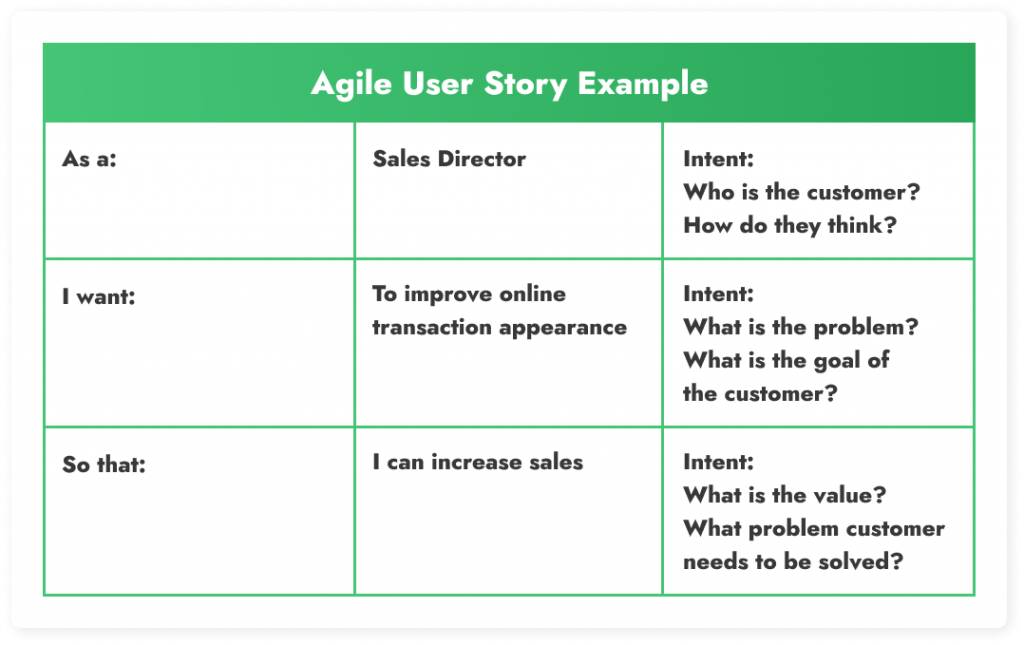測試工程師大部分都是agile team的其中一員
數據說明目前至少80%的軟體開發團隊都是 agile 團隊 (這句我很懷疑拉,畢竟我認識或經歷過的團隊都不太走真正的agile,只是表面上而已
所以這篇我們主要的目的為:
Sequential -> project run sequentially
Cone of Uncertainty
執行agile不會有很大量的工項與不確定性、且不給太大的承諾後才進行
總共有 4 rules & 12 principles
principles are above rules

https://www.process.st/waterfall-vs-agile/

User story不是唯一一個在agile內的格式
共有5種type
有一個大需求,需要分解成小需求
並不是每個agile的案子都有符合這5種type
本文章同步發布於個人blogger。
